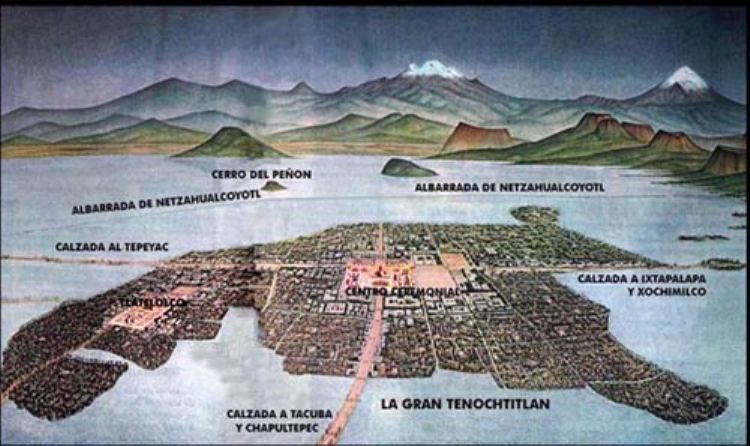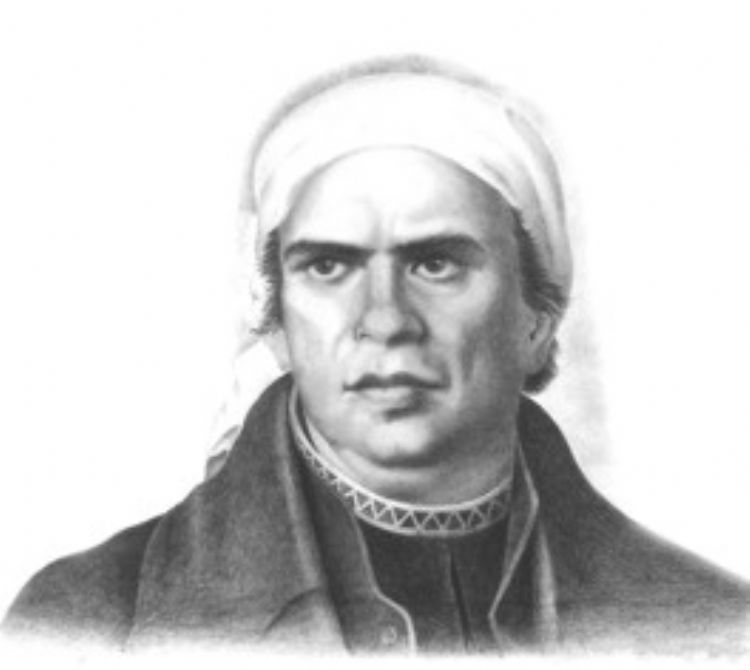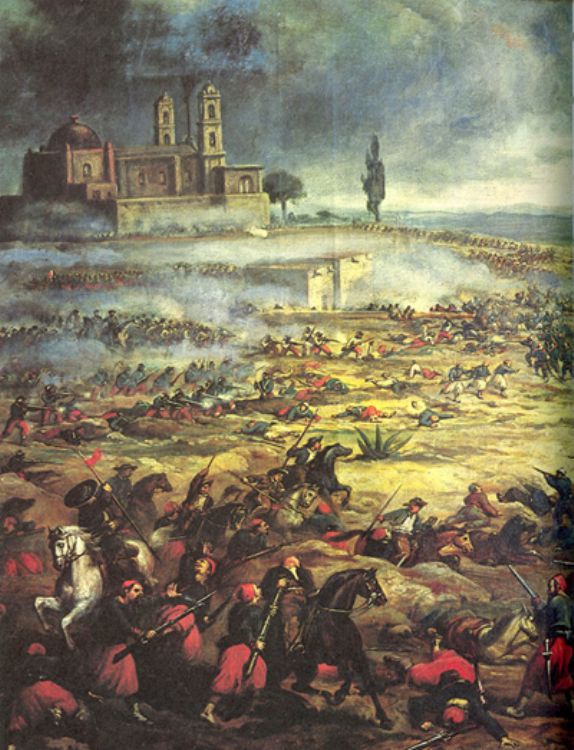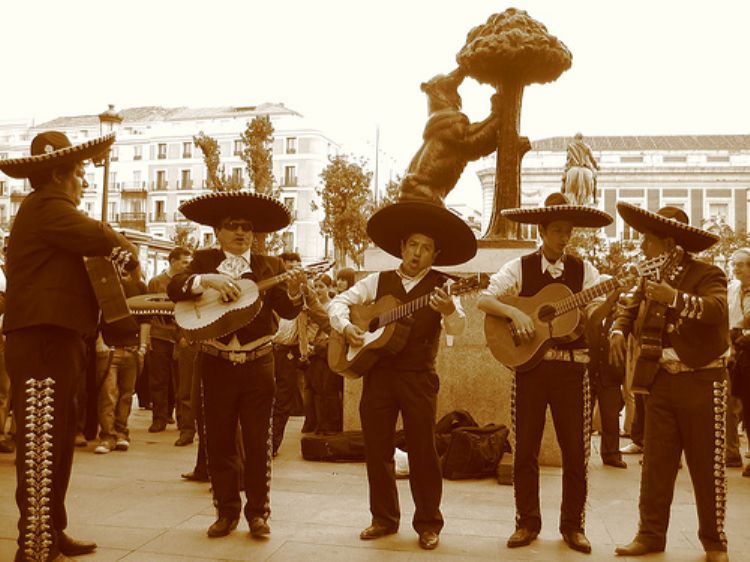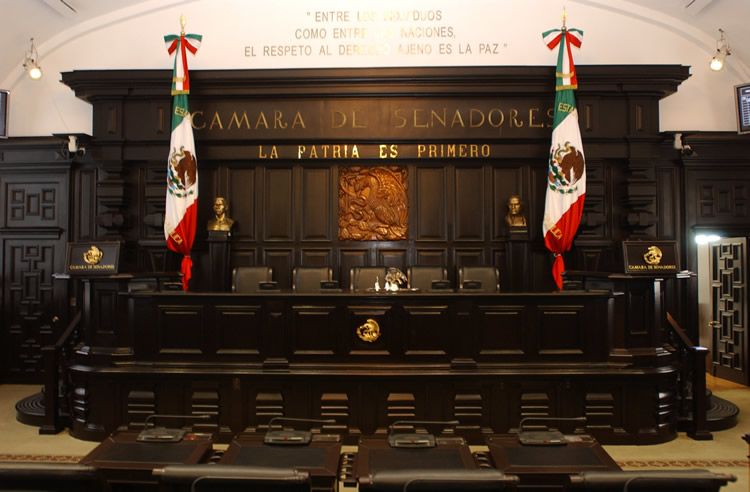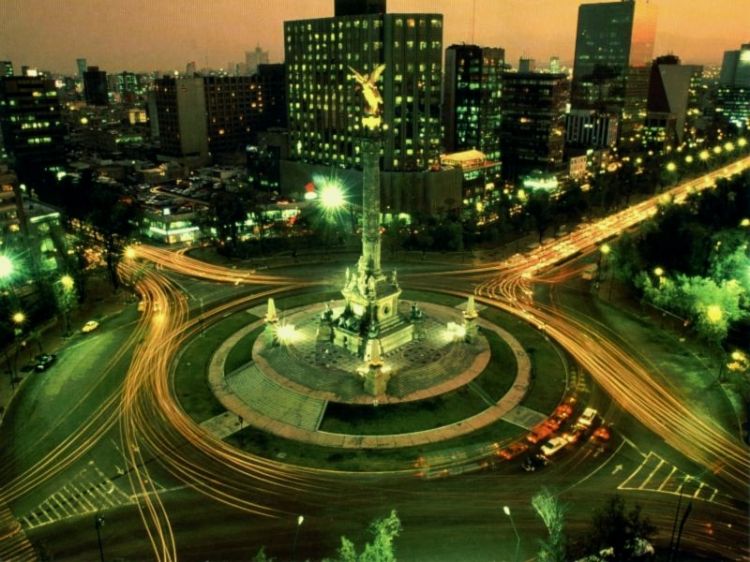Tepoztlán, Mexico Attractions
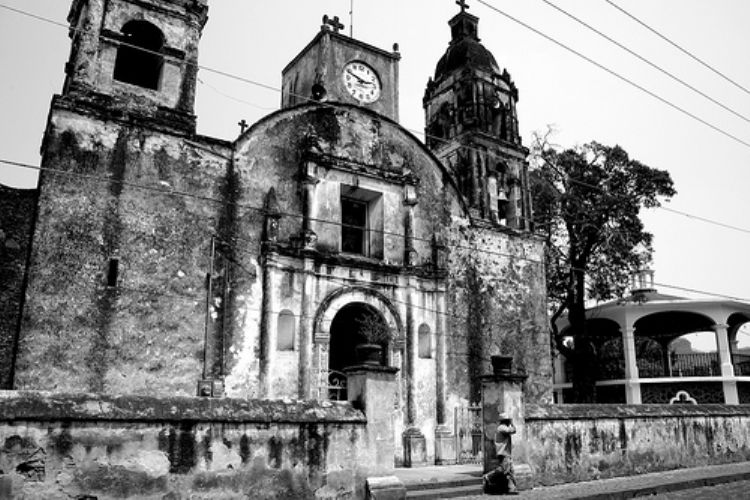
The Municipality of Tepoztlán is located on the north of Morelos State, representing 4.89% of this Stateâs total surface area. It is 71 kilometers to the south of Mexico city and 18 kilometers to the northeast of Cuernavaca. It is part of El Tepozteco National Park, created in 1937 by the decree of President Lazaro Cardenas, within a project intended to preserve and protect the regionâs flora, fauna and archeological remains. With an exceptional weather, its average temperature is 64º F.
Considered one of Mexicoâs magic towns, it is a great tourist attraction for its extraordinary natural landscape and archeological ruins, highlighted by the Tepozteco Mountain, with the temple on its summit attributed powers of favorable energy for all those who are present during the spring equinox.
The word Tepoztlán is of Náhuatl origin and means âthe place of the copper axâ, in reference to the ax carried by god Tepoztéactl.
Archeological findings show that the first dwellers of current Tepoztlán were from the Tolteca and Chichimeca cultures. This is the birthplace of Ce Acatl lord, the supreme Toltec chief. He was dedicated to promoting art and science; after his death, he started being considered a god and cultural hero.
During the era of Spanish conquest, in 1559 Viceroy Luis de Velasco appointed Friar Domingo de la Anunciación responsible for establishing a mission dedicated to converting the residents of Tepoztlán.
In 1936, President Lazaro Cardenas built the highway Cuernavaca-Tepoztlán, favoring communication with the rest of the country. Since then, Tepoztlán has developed into one of the main tourism destinations in the State of Morelos.
The Nativity Temple and Ex-Convent was built between 1555 and 1580 under the orders of Dominican friars. Its beautiful façade shows Virgin Mary accompanied by Friar Domingo de Guzmán, founder of the Dominican order and by Catalina de Siena, a saint worshiped by this religious order. The building was occupied for a while by the French troops of Maximiliano of Habsburgo. Since 1939 the National Anthropology and History Institute has it under its custody. In 1994, UNESCO declared it World Heritage. It currently hosts Tepoztlánâs History Museum.
The Archaeological Area of Tepozteco is where god Tepoztécatl was worshiped, associated to plant fertility and wind. This temple was built between 1150 and 1350 by the Xochimilca Tepoztecos. It was part of the Tepoztlán Prehispanic city and received pilgrims from such far away places as Guatemala. Its restoration began in 1895.
One of the most interesting popular festivities in Tepoztlán is The Tepozteco Dare. According to legend, Tepuztécatl, Lord of Tepoztlán, agreed to convert into Christianity upon the arrival of the Spaniards. He was baptized by Friar Domingo de la Anunciación in the stream at the foot of the Tepozteco Mountain. Since then, the date of his baptism is celebrated with a reenactment every September.
Tepozteco National Park is a protected area of over 24,000 hectares, a natural space where you can observe more than 1500 species of flora and 500 species of fauna, including reptiles, birds, amphibians and insects. Adventure activities are practiced here, such as ecotourism, hiking, cycling, rappel and camping.
Carlos Pellicer Museum hosts the archeological collection of this famous poet from Tabasco, it includes pieces from different Mesoamerican cultures; he donated it to Tepoztlán in 1965.
Artículo Producido por el Equipo Editorial Explorando México.
Copyright Explorando México, Todos los Derechos Reservados.
Foto: Molcatron

